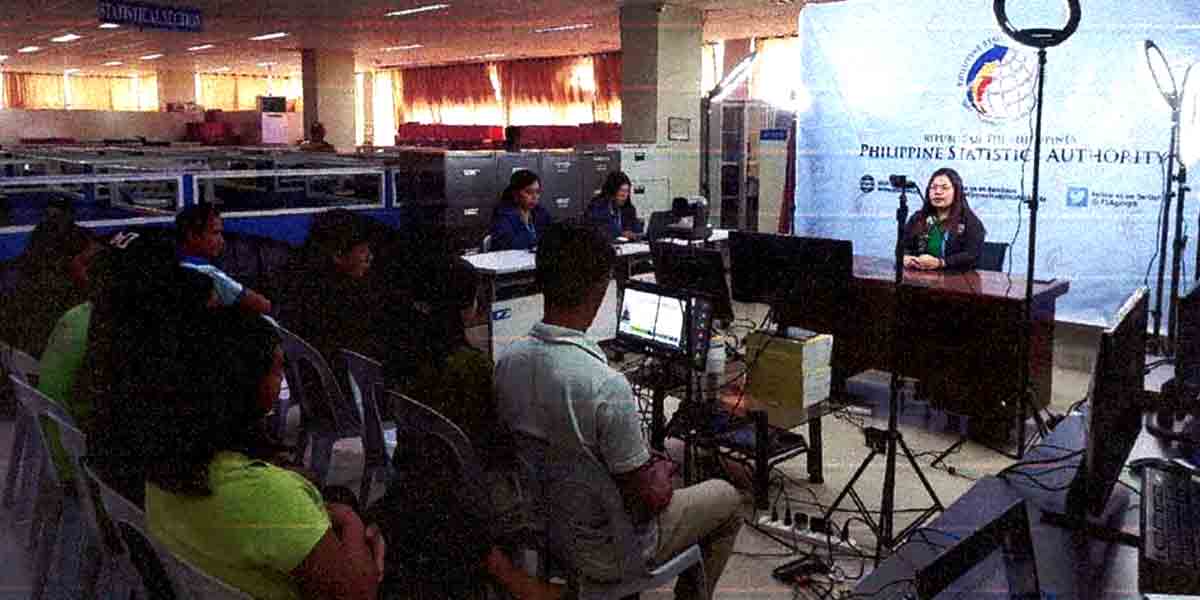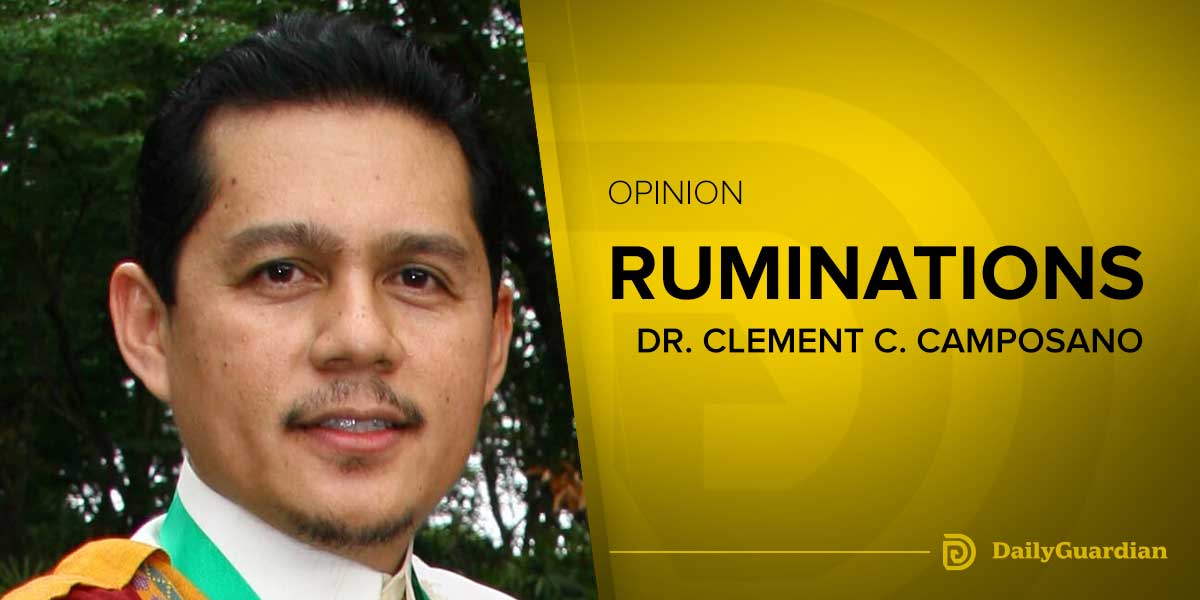
The National Museum of the Philippines celebrates the built-heritage of Iloilo in the exhibit “Iglesia: Heritage Churches of Iloilo” by Cristhom Selibio Setubal, a visual artist from the historic San Joaquin town. The exhibit is set to open on February 28, 2PM, at Western Visayas Regional Museum (former Prison of Iloilo) located at Iloilo Provincial Capitol Complex, Iloilo City.
The mixed media artworks recreated some of the remaining Spanish churches in Iloilo, including that of his hometown San Joaquin and the stone churches of Miagao, Guimbal, Tigbauan, Molo, Jaro, Pavia, Santa Barbara, Cabatuan, Dingle, and Dumangas. Also included are the old Oton Church and Jaro Belfry.
Setubal creatively utilized scraps to depict the notable features of each structure like the bricks, limestone, and corals; the intricate ornamentation of facades like that of San Joaquin and Miagao; the imposing domes, cupolas, bell towers; and the sturdy columns, arched entrances, naves, painted ceilings.
A seafarer and a teacher, Setubal’s love for Iloilo culture and heritage started from his high school years. He started sketching the built-heritage of Iloilo in 2016, and explored other media to depict the same subjects while he was in seclusion during the pandemic. He used waste objects like aluminum sheets, espresso pods, computer parts, beads, chicken wires, and copper wires for the details, with repurposed driftwood as base. Aside from promoting environmental activism and sustainable art, Setubal hopes to inspire the youth to appreciate the rich heritage of Iloilo as seen in these beautiful churches.
About the Exhibit
Advocacy and artistry combine in this unique collection of mixed media artwork depicting Iloilo’s built heritage.
Iglesia features the work of Ilonggo artist Cristhom Selibio Setubal who uses found and disposed objects to recreate the likeness of Iloilo heritage churches. Through waste materials like aluminum sheets, espresso pods, computer parts, beads, chicken wire, and copper wire, he creatively highlights details of these well-loved structures.
Setubal’s process of transforming waste into art is called upcycling, in which newly-created objects become more economically and socially valuable than their original form.
The influence of Spanish colonial architecture remains evident in churches and cemeteries that demonstrate traditional construction methods, with intricate details on the façade, walls, floor, ceilings, and windows of churches reflecting Filipino artistry during the Spanish colonial period.
About the Artist
Cristhom “Dodoy” Selibio Setubal is a retired seafarer, a teacher, an artist, and a family man. In 2016, he started sketching Iloilo’s built heritage in pen-and-ink, which the Museum of Philippine Economic History exhibited in 2019.
He experimented with scrap materials to recreate Iloilo’s most iconic Spanish structures, enabling him to advocate for heritage appreciation and sustainable art.
The San Joaquin Camposanto, the first of his 14 works in this mixed media series, is a tribute to his late father, with whom he shared a passion and love for antiques.
Setubal’s art journey is a product of his love for antiques, then later expanded to arts, photography, history, and art sustainability. Now a part-time maritime school teacher, he is an artist-advocate for history, culture, and heritage. He influenced his daughter to paint and showed his community how to turn scraps and waste materials into art.
For queries, email us at iloilo@nationalmuseum.gov.ph, call us at 327-3782, or message us in our official FB page – National Museum Western Visayas.



















